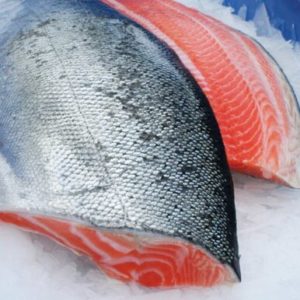

In fact, through isotope analysis, salmon nutrients have been found as far as seven miles away from the stream of origin! So if we lost the coho in Redwood Creek, we might also lose the flora and fauna that rely on the nutrients brought in by the coho.Ĭoho salmon are found not just in California, but also in Japan, Russia, and Alaska, so why do biologists care about the coho in Redwood Creek? Couldn’t they bring coho eggs from elsewhere, and trick them into thinking that they’re from Redwood Creek? Unfortunately, the coho salmon of the Central Coast of California are a federally endangered subpopulation that is reproductively isolated from other subpopulations, which means that even if a coho from Alaska hatched in Redwood Creek, it wouldn’t be able to mate with the coho from Redwood Creek, making it one lonely fish. In addition, because of their migratory pattern, they help bring in nutrients from the ocean to an otherwise closed terrestrial ecosystem, nourishing the insects that decompose the coho carcasses, the plants that take up the nutrients in the soil, and the herbivores that eat those plants. Why do we care about coho salmon? From nature documentaries, you may already know that coho salmon are an important food source for animals. To prevent extirpation, they began a five-year project where they captured juvenile fish from the creek, reared them at a freshwater hatchery, and released them back into Redwood Creek when they were ready to spawn. Biologists from different public agencies were concerned that these conditions would lead to the extirpation, or local extinction, of the coho in Redwood Creek. In 2014, California was experiencing a prolonged drought, preventing the creek from connecting to the ocean and causing the decreased water level in the creek to be warmer than usual.


 0 kommentar(er)
0 kommentar(er)
